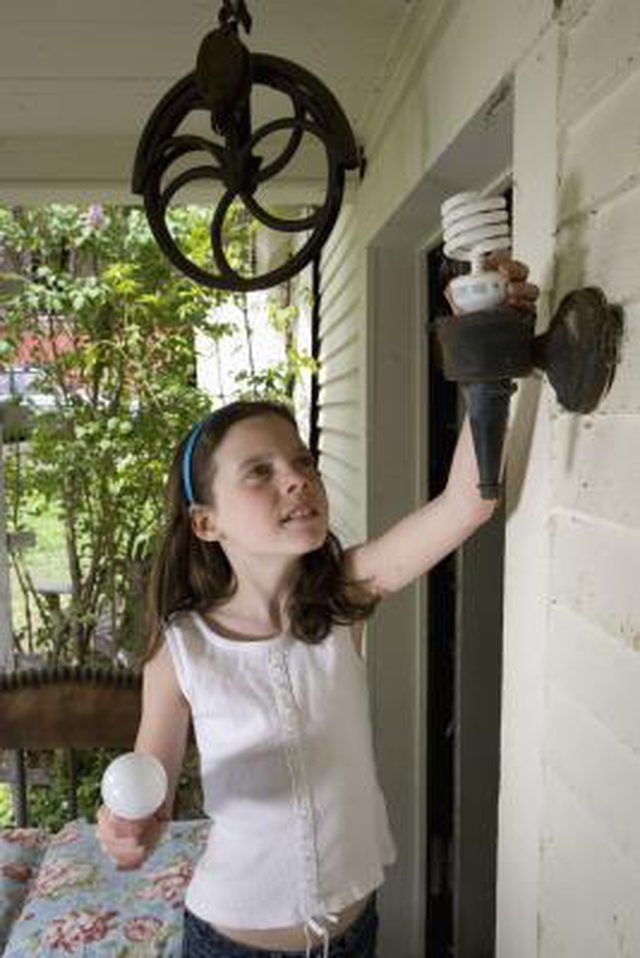Bulbs
Flower Basics
Flower Beds & Specialty Gardens
Flower Garden
Garden Furniture
Garden Gnomes
Garden Seeds
Garden Sheds
Garden Statues
Garden Tools & Supplies
Gardening Basics
Green & Organic
Groundcovers & Vines
Growing Annuals
Growing Basil
Growing Beans
Growing Berries
Growing Blueberries
Growing Cactus
Growing Corn
Growing Cotton
Growing Edibles
Growing Flowers
Growing Garlic
Growing Grapes
Growing Grass
Growing Herbs
Growing Jasmine
Growing Mint
Growing Mushrooms
Orchids
Growing Peanuts
Growing Perennials
Growing Plants
Growing Rosemary
Growing Roses
Growing Strawberries
Growing Sunflowers
Growing Thyme
Growing Tomatoes
Growing Tulips
Growing Vegetables
Herb Basics
Herb Garden
Indoor Growing
Landscaping Basics
Landscaping Patios
Landscaping Plants
Landscaping Shrubs
Landscaping Trees
Landscaping Walks & Pathways
Lawn Basics
Lawn Maintenance
Lawn Mowers
Lawn Ornaments
Lawn Planting
Lawn Tools
Outdoor Growing
Overall Landscape Planning
Pests, Weeds & Problems
Plant Basics
Rock Garden
Rose Garden
Shrubs
Soil
Specialty Gardens
Trees
Vegetable Garden
Yard Maintenance
How to Manage No-See-Ums and Sand Gnats
How to Manage No-See-Ums and Sand Gnats. Known by aliases like no-see-ums and sand gnats, biting midges are small flying insects that impart a painful bite. Their size is so diminutive that you sometimes cannot even detect them -- hence, the nickname no-see-ums. These little pests become plentiful during the warm summer months. Most commonly, they...

Known by aliases like no-see-ums and sand gnats, biting midges are small flying insects that impart a painful bite. Their size is so diminutive that you sometimes cannot even detect them -- hence, the nickname no-see-ums. These little pests become plentiful during the warm summer months. Most commonly, they can be spotted near moist soil or sand. As annoying as you may find them, a few home methods can help to manage the bugs and keep their bites at bay.
Things You'll Need
DEET insect repellent
Herbal insect repellent (optional)
Electric bug zapper
Citronella candles
Empty any standing water. Children's swimming pools, bird baths and other vessels that collect rain attract the insects, which look for moist environments to lay their eggs. Only leave necessary standing water, such as full-sized swimming pools or pets' water bowls. When the pets are inside the house, empty their outside dishes.
Spray yourself and your family members with an insect repellent when you are outside. Although DEET contains chemicals, when applied correctly, it is perfectly safe for adults and children. To apply it to your face, spray the repellent on your hands and rub your hands on your face. If you prefer a natural bug spray, choose an herbal repellent containing plant extracts, such as eucalyptus or citronella. Reapply the insect repellent of choice every three or four hours.
Hang an electric bug zapper outside. The light of the zapper attracts the insects. When they get close to the zapper, they are electrocuted. In addition to electric bug zappers, place outdoor citronella candles around relaxation areas, such as decks and patios. Light the candles to repel the insects.
Turn off nonessential lights while you are outside. Insects are naturally drawn to the brightness. Keeping unnecessary lights off may keep them away.
Tips & Warnings
Wearing long-sleeved shirts and long pants helps protect your body from potential bites.
Use DEET in a well-ventilated environment.
Never leave lit candles unattended.